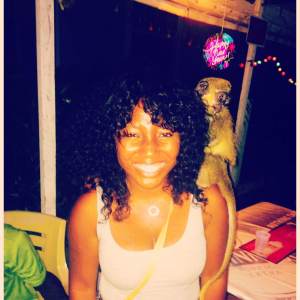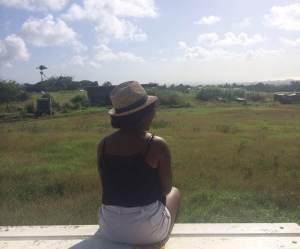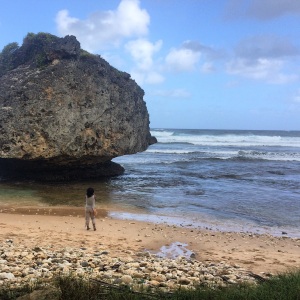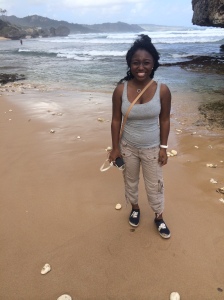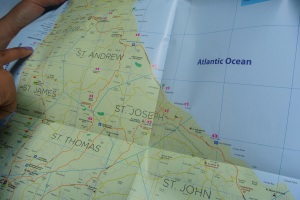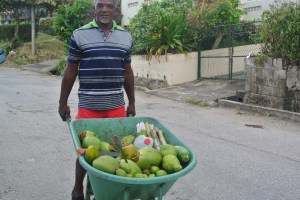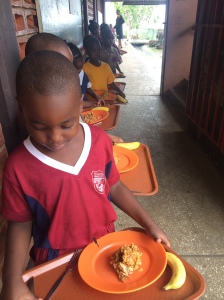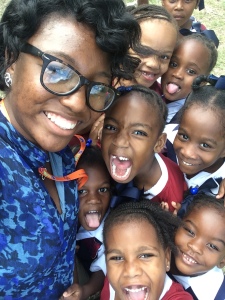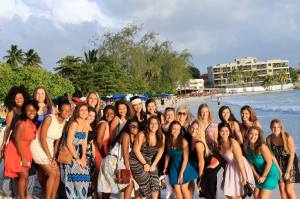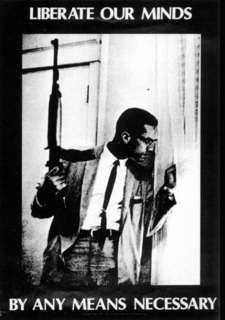A black millennial is not easily defined. As a collective group, black millennials cannot be categorized, boxed nor pre-determined. In the same manner in which the black race is not monolithic in thoughts and ideas, black millennial voters are not easily swayed. Black millennials were born as products of a society with proliferating technological advancements and social events that shape their opinions and their position within society. Events that gave rise to the Black Lives Matter Movement make this upcoming election that much more important and confusing for young black voters.
Like most young black millennial voters, my first encounter with the polls was for the re-election of Barack Obama in 2012. Growing up in a small, suburban white town in New Jersey, I was the only person of color amongst friends. Therefore, knowledge of my black history and my black body was subscribed in lectures from my father, reading books by Toni Morrison, Maya Angelou, Richard Wright, amongst others. Becoming aware of how black people fought and died to be equal citizens of this country and participate in this democratic process of voting grounded my perspectives. Although systematically disenfranchised from the polls, for blacks, the ability to vote was to be free. But more importantly, it was the ability to place individuals in positions of power that could change this nation’s oppressive nature towards blacks was crucial.
Within the span of seven years of Obama being in the White House, exposure to the bite of racial injustice was like venom to the veins. As a black millennial, I found myself in a constant state of frustration by seeing the death of my people and a disinvestment in the system. Politicians’ ability to address racial issues is defined by empty promises, but in reality, they don’t use their resources to push solutions. Much of my angry stemmed from the ways in which the media framed the deaths of black bodies, the subsequent protests and the Black Lives Matter movement. No one can seem to forget about August 2015 when two Black Lives Matter activists interrupted a Bernie Sanders rally in Seattle, drawing some boos from the crowd and ultimately causing the cancellation of the presidential candidate’s speech. Likewise, when Martin O’Malley was addressing an audience at a Netroots Nation gathering, he was disrupted by black protestors after saying “all lives matter.”
I was overwhelmed by news outlets and articles explaining that although police reform is a just and vital cause that ought to be pursued with urgency, the activists’ treatment of candidates like Sanders was a strategic mistake. Many criticized the attack of Democratic candidates because their stance is much better than the alternative right-winged progressives—but is there really a candidate whose campaign aligns with black demands for racial justice?
What I’m seeing is a rise of black millennial voters that are not wed to the Democratic Party. I’m seeing a country and the media that was willing to throw two black women under the bus for a white candidate with the fastest rising privilege, drawing massive crowds, and when Black Lives Matter didn’t allow him to speak it became problematic. As African-Americans and citizens of a country that values political participation, this country is always asking for political engagement from blacks but if it’s not in the manner deemed appropriate we are asked to sit down and be silent.
But when Bernie Sanders was disrupted, this lead to young black millennial voters pushing and educating him because he was not exposed nor knowledgeable about black issues, and in doing so the Black Lives Matter movement handed him a framework for criminal justice reform. As a dominant figure, he has made himself vulnerable to be pushed and has shown a willingness that our issues are worth addressing. More importantly, we are engaging in dismantling white privilege. A feminist and anti-racism activist, Peggy McIntosh, alluded to the origins of privilege and stated that in order to redesign social systems we need to look at how the denials of white, male privilege act as political tools of the advantaged.
Like my peers that are pushing Bernie Sanders, I push back with the notion that any candidate can have my vote just because any candidate can give an impactful speech on race relations. It means nothing without the backing of their resources to change the problem. I am from a generation not seduced by the inevitability of progress. I am from a generation who views justice with intersectionality for all, no matter their race or sexual orientation, and retooling a system that profits off the oppressed. This generation has utilized social media as a means of penetrating the sphere of poised power and shortening the distance between public and candidate. I am one of many that won’t play into the respectability politics of the ones before us and will disrupt the status quo in order to advance an agenda that will dismantle structural racism in this country.
This is the voice of a young black millennial voter still waiting for a candidate to understand the black plight.



